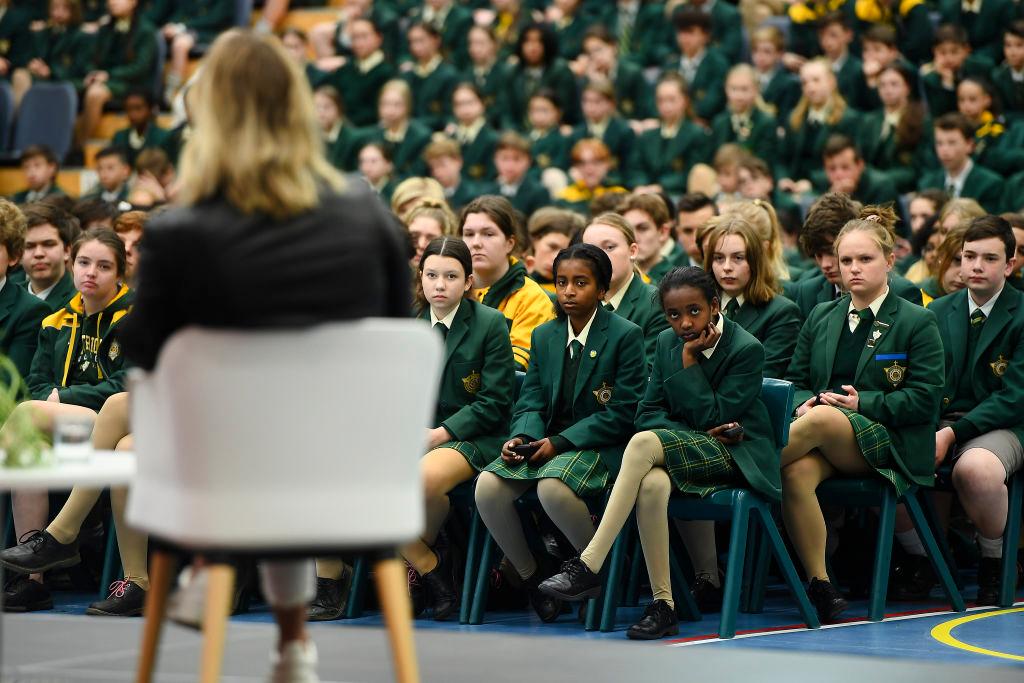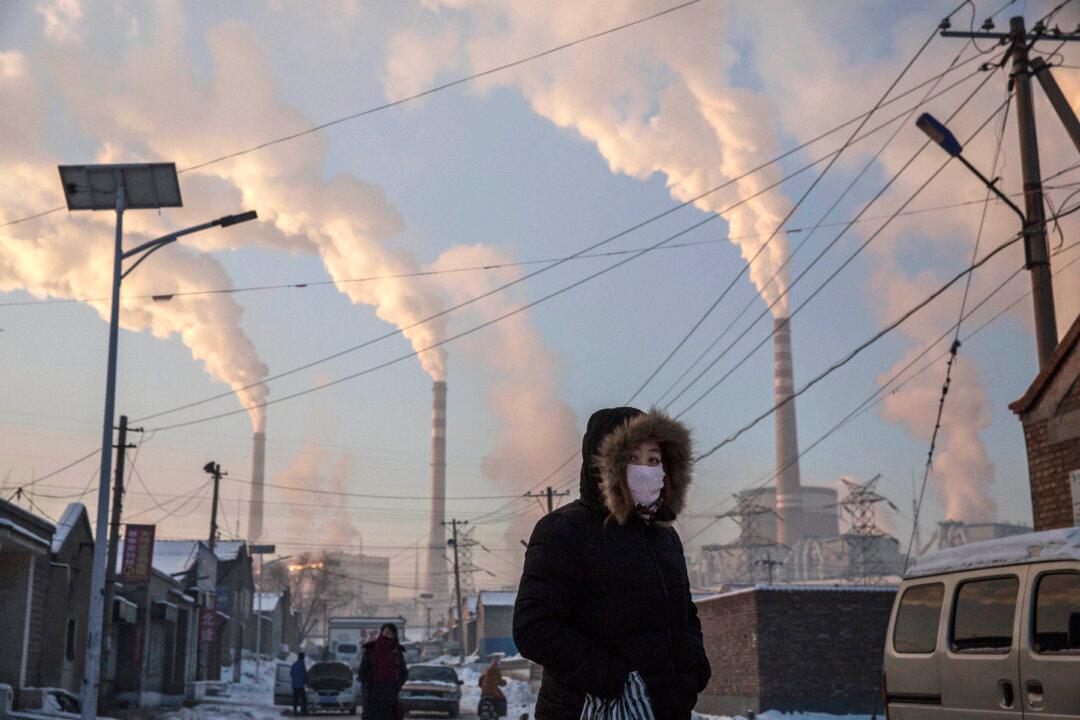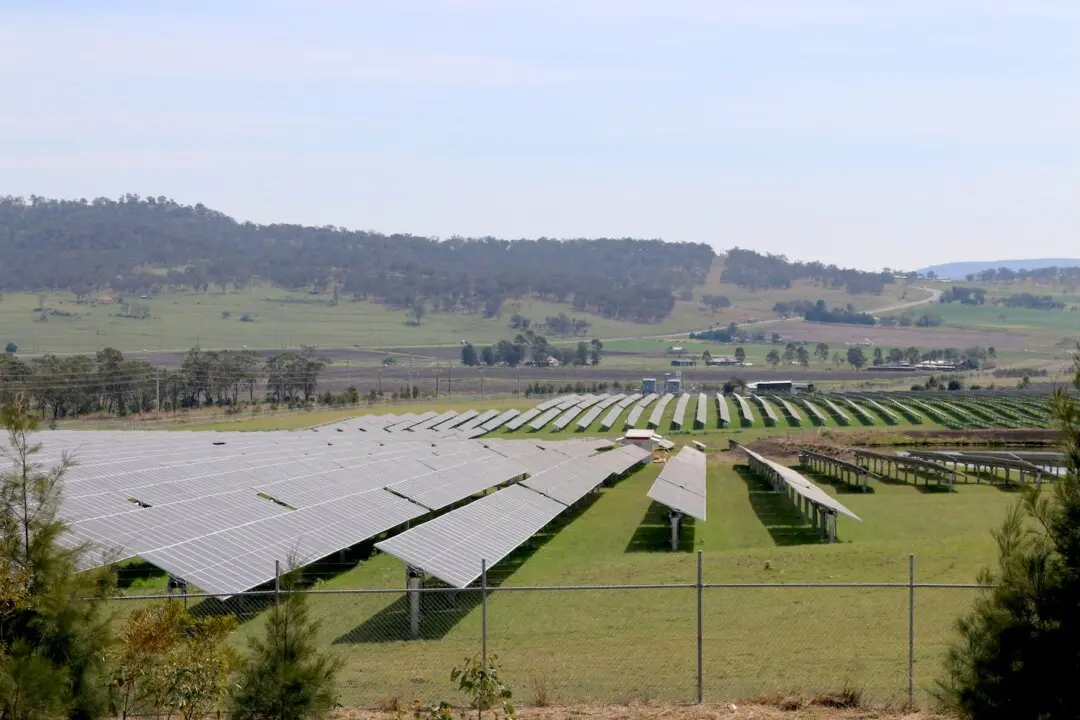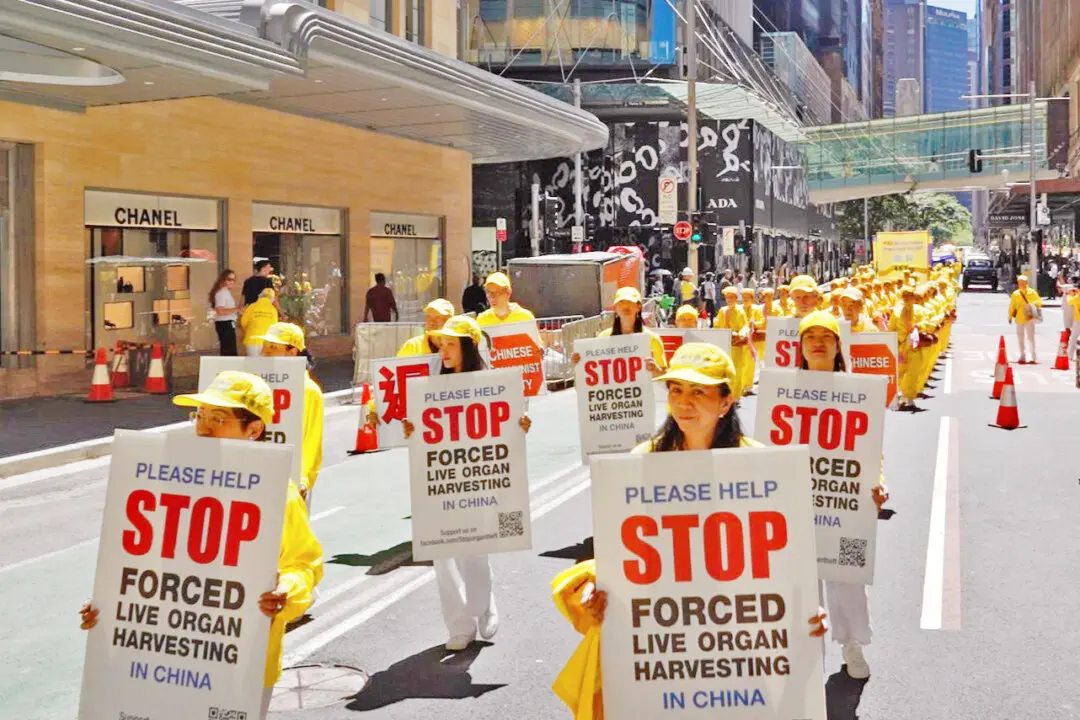With a return to school on the horizon, Australian families face considerable costs associated with equipping their children with uniforms and equipment, and a new survey shows around a third are struggling to afford it.
The Australian Retailers Association (ARA) estimates that 5.1 million people will spend an average of $525 (US$323) each on back-to-school merchandise, up from an average of $512 in 2024. This will net retailers around $2.7 billion in sales, up $150 million (5.9 percent) over last year, driven by population growth and inflation.





